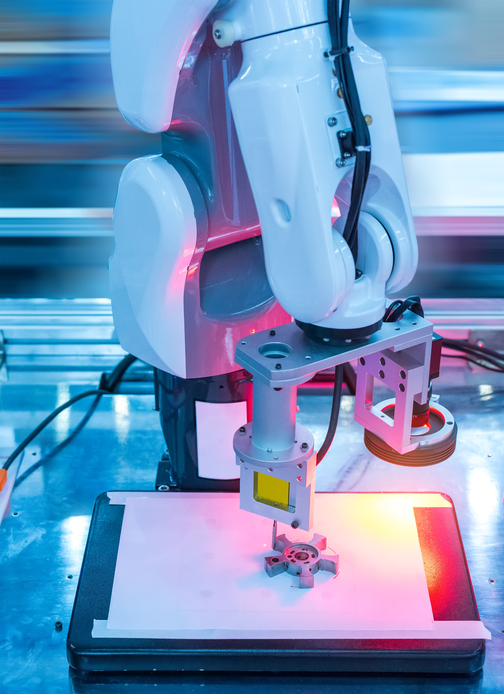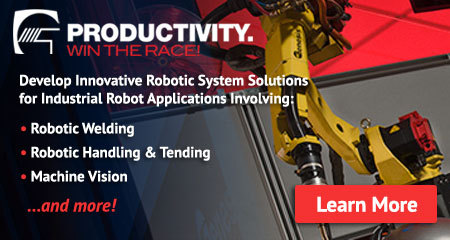Understanding When You Need a Robot Vision System for Industrial Applications

Vision systems can dramatically enhance robotic capabilities. Without vision, “blind” robots are relegated to performing the same repetitive task, until programmed to do otherwise. Robots with robot vision systems have much greater flexibility and functionality because of their ability to react to variables in their environment.
Robot vision systems can be an unnecessary cost in an automation system, however, so it’s important to understand when it makes sense to invest in robotic vision for your application.
What Types of Applications Require Robotic Vision?
The main type of applications that require robotic vision systems are for processes with high part mixes. Blind robots don’t switch between tasks easily, and reprogramming for each part will negatively impact productivity. Vision robots are flexible enough to handle multiple parts productively.
If robots must work collaboratively with humans in any way, a vision system is necessary for safety. This is especially true in collaborative robots, or ‘cobots’, that are built to work alongside humans outside of a workcell. Vision systems can be used to avoid collisions, or in the case of industrial robots, shut down a robot if a human gets too close.
Collaborative and high part mix applications are some of the main users of vision systems for robots. Others include applications where operator oversight is not possible, for quality assurance as in welding seam tracking, and for inspection processes.
Benefits of Robotic Vision Systems
Vision systems provide many benefits for robotic automation. When robots have the flexibility to automate multiple tasks, this maximizes return on investment (ROI), as lower levels of investment are required for greater levels of automation.
Vision systems can often replace manual processes and other automation equipment too. For example, vision guidance for a robot can replace the need to invest in costly fixtures, as well as the cost of loading and unloading those fixtures.
Robotic vision systems vary widely in form and function – they can be 2D or 3D, they can be embedded onto the robot or operated separately, and they come in a wide range of resolutions and imaging capabilities. Regardless, they all have the potential to provide ROI benefits and operational cost savings.
Not all robotic applications require a vision system, but some operations benefit greatly from a robotic vision system. They’re an additional automation investment, but they can help deliver great returns.
Learn more on this topic by reading about Genesis Systems Group Robot Vision Systems & Machine Vision Equipment.
Posted in Robotic Applications
